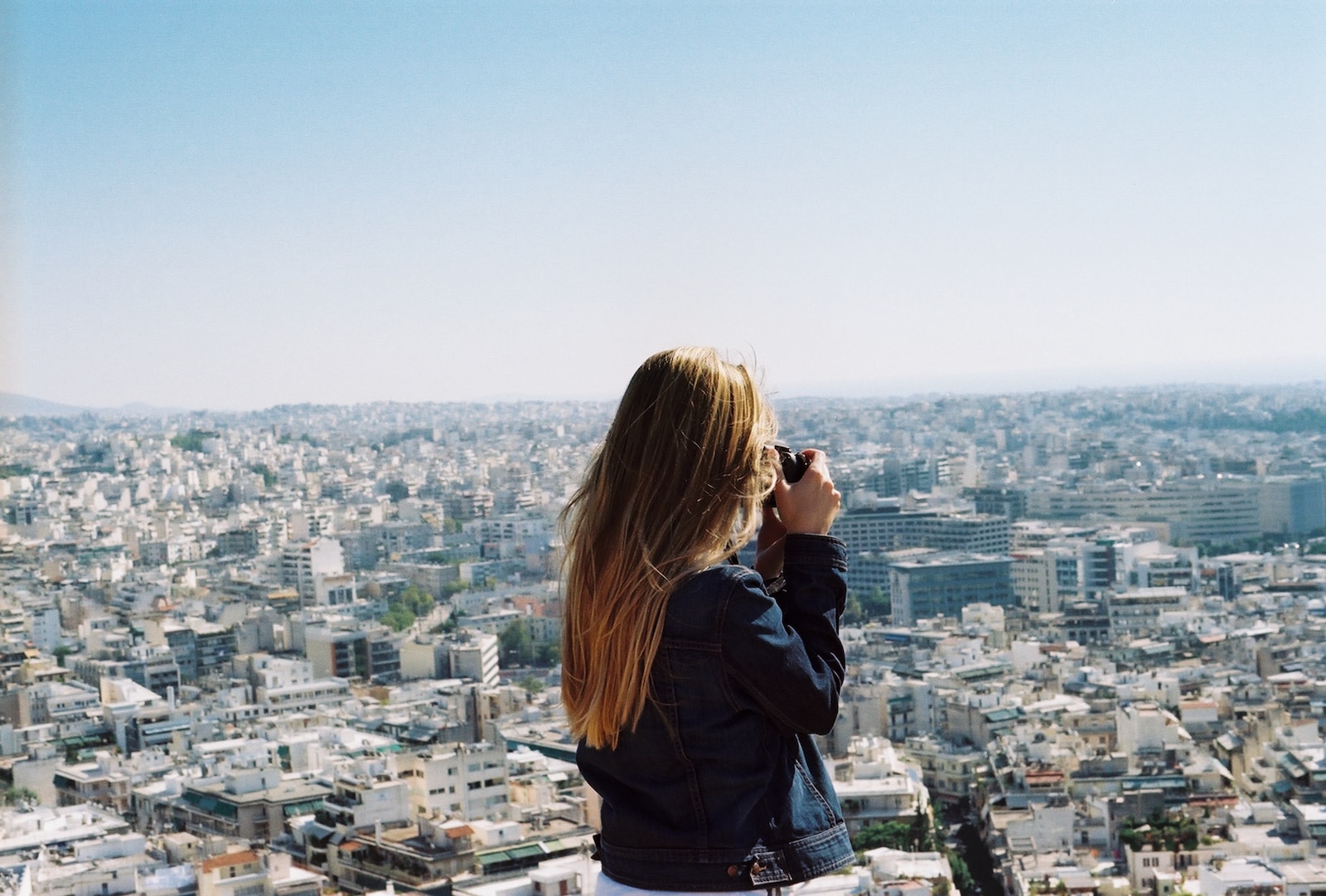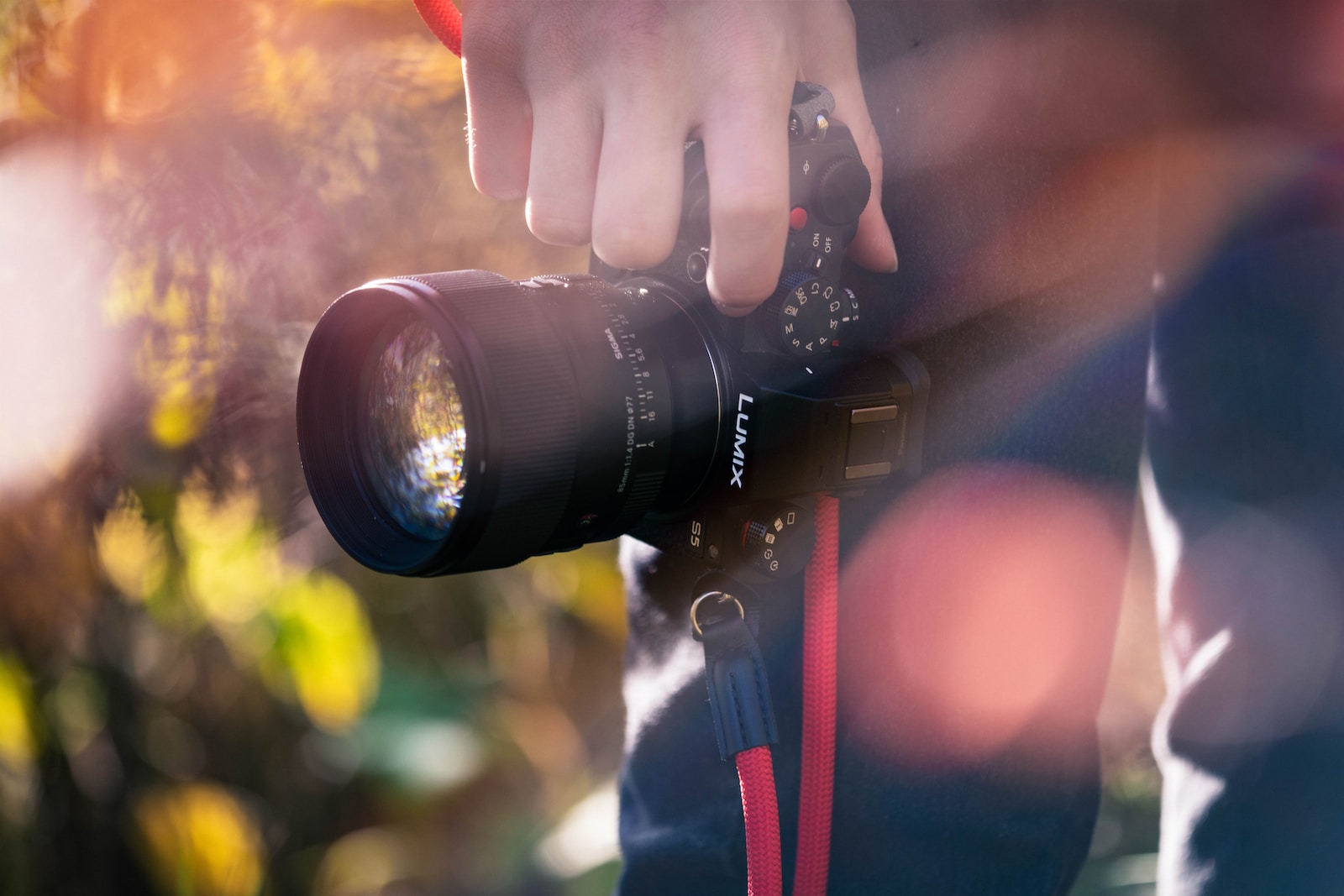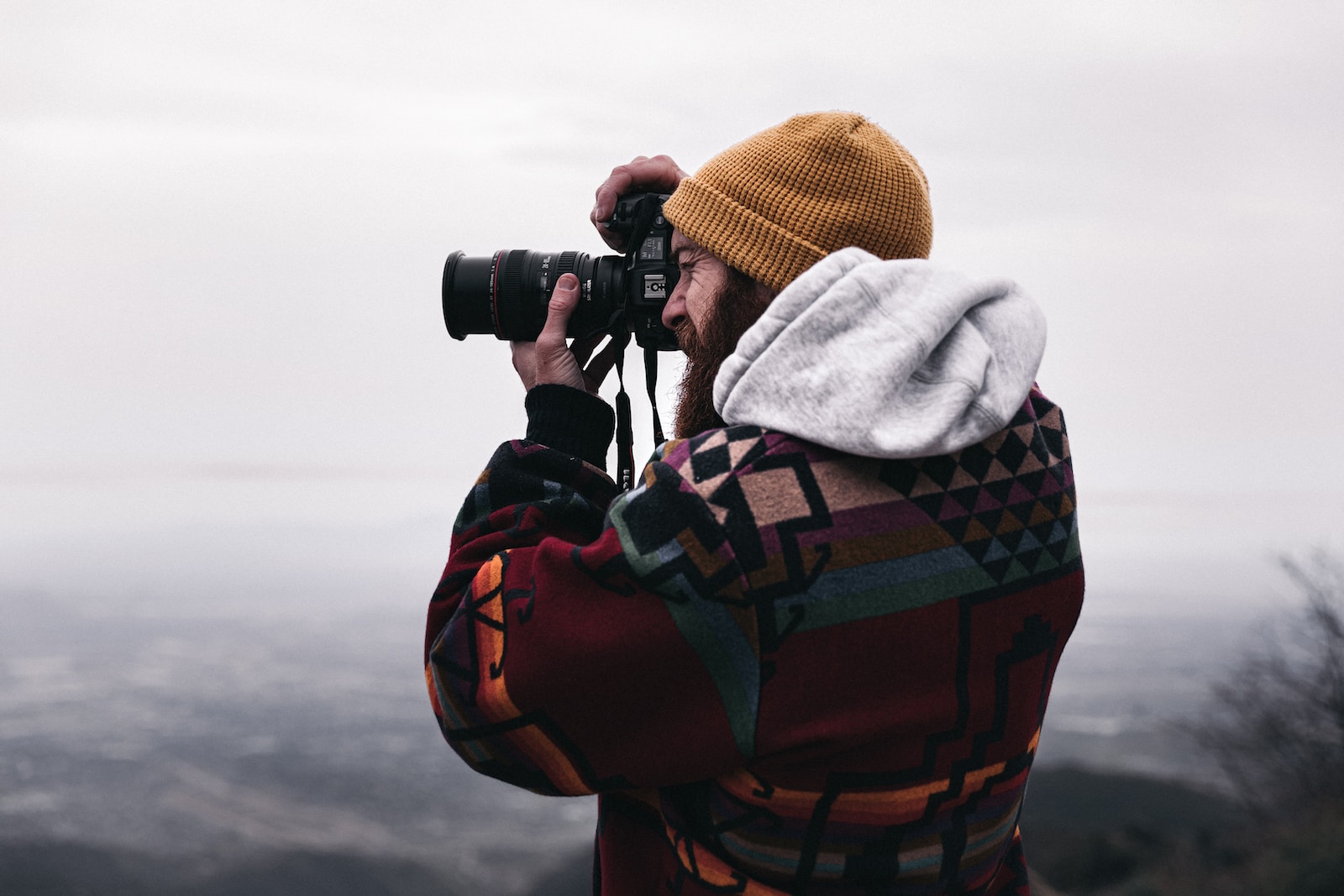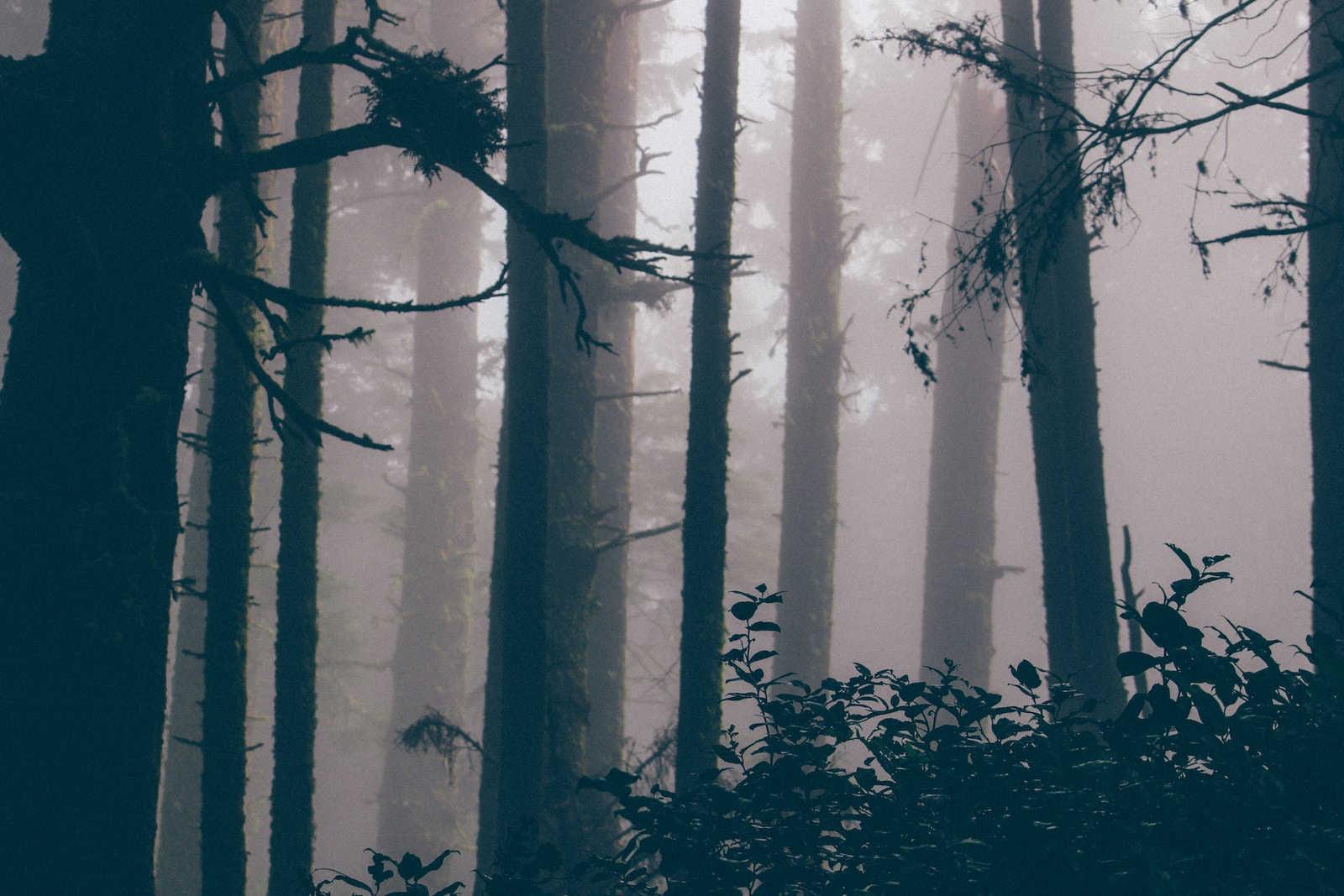Welcome to “Dial-in Precision: Master Manual Focus with Rangefinder Cameras,” an in-depth guide that will transform your photography skills. Whether you’re a beginner struggling to understand manual focusing or an experienced photographer wanting to perfect your technique, this blog will provide all the information you need. Discover the art of manual focusing with rangefinder cameras, unlock their full potential, and capture stunning images like never before.
Table of Contents
- The Benefits of Manual Focus
- Understanding Rangefinder Cameras
- Manual Focus Tips and Tricks
- Dial-in Precision: Master Manual Focus with Rangefinder Cameras
- Frequently Asked Questions
- 1. What is manual focus?
- 2. How do rangefinder cameras work?
- 3. Why would I choose manual focus over autofocus?
- 4. What are the benefits of using a rangefinder camera for manual focus?
- 5. How can I improve my manual focusing skills?
- 6. Are there any specific manual focus lenses you would recommend?
- 7. Can I use manual focus lenses on digital cameras?
- 8. Are there any tips for achieving accurate focus?
- 9. How does manual focus affect my photography?
- 10. Where can I find more resources on manual focus and rangefinder cameras?
- Wrap Up
The Benefits of Manual Focus
1. Superior Control and Precision
Manual focus allows you to have complete control over your image, ensuring precise focus on your subject. Unlike autofocus, you determine the focal point, resulting in greater creative freedom and accuracy.
2. Focus on the Details
With manual focus, you have the ability to emphasize specific details within your frame, enhancing the overall impact of your photographs. This technique is particularly useful for portrait, macro, and landscape photography.
3. Enhanced Creativity
Mastering manual focus expands your creative possibilities. By using selective focus, you can create a shallow depth of field, isolating your subject from the background and achieving a beautiful bokeh effect.
Understanding Rangefinder Cameras
1. How Rangefinder Cameras Work
A rangefinder camera uses a system of mirrors and prisms to provide an accurate focus-aid. By aligning two images in the viewfinder, the photographer can achieve pinpoint focus, resulting in sharp and well-focused images.
2. Choosing the Right Rangefinder Camera
When selecting a rangefinder camera, consider factors such as build quality, lens options, and overall performance. Leica, Fujifilm, and Voigtländer are renowned brands that offer a range of exceptional rangefinder cameras to suit various budgets and needs.
3. Mastering Manual Focusing Techniques
To become proficient in manual focusing, practice various techniques such as zone focusing, hyperfocal distance, and split-image focusing. Experiment with different scenarios to get a feel for the capabilities of your rangefinder camera.
Manual Focus Tips and Tricks
1. Utilize Focus Peaking
Many modern rangefinder cameras feature focus peaking, where the focused areas are highlighted in a specific color. This feature assists in achieving accurate focus quickly, especially in challenging lighting conditions.
2. Harness the Power of Magnification
Rangefinder cameras often provide the ability to zoom in on your subject using the viewfinder or LCD screen. Take advantage of this feature to ensure precise focus, especially when shooting in low-light situations.
3. Patience and Practice
Mastering manual focus is a skill that requires patience and consistent practice. Keep challenging yourself, experiment with different techniques, and learn from every deliberate shot you take. Over time, you’ll develop an instinctive feel for manual focusing.
Did you know that Henri Cartier-Bresson, one of the greatest photographers of all time, exclusively used a Leica rangefinder camera and became renowned for his impeccable manual focusing skills?
Mastering the art of manual focusing with rangefinder cameras takes time and practice, but the results are worth it. As you gain confidence in your abilities, you’ll unlock new creative possibilities and capture images that truly stand out. So grab your rangefinder camera, immerse yourself in the world of manual focus, and take your photography to new heights!
Dial-in Precision: Master Manual Focus with Rangefinder Cameras
A How-To Guide on Mastering the Art of Manual Focusing
Manual focus has become somewhat of a lost art in the digital age of autofocus cameras. However, for photographers seeking total control and precision in their images, manual focus is an essential skill to master. And what better tool to do so than a rangefinder camera?
Why Choose a Rangefinder Camera for Manual Focus?
Rangefinder cameras have long been a favorite choice among photographers who appreciate their mechanical precision and ability to focus with ultimate accuracy. Unlike autofocus cameras, which rely on a series of complex algorithms, rangefinders allow you to take full control and dial-in your focus manually.
Benefits of Manual Focus with Rangefinder Cameras
There are several benefits to mastering the art of manual focusing with a rangefinder camera. Firstly, the tactile experience of turning the focus ring and seeing the image sharpness come into view is incredibly gratifying. It allows you to connect with your subject and scene on a much deeper level.
Additionally, manual focusing enables you to achieve a level of precision that is often impossible with autofocus systems. This is particularly useful in situations where the subject lacks contrast or when shooting through obstacles. With manual focus, you have the ability to fine-tune the focus exactly where you want it, ensuring your subject is tack-sharp.
Techniques for Mastering Manual Focus
Now that we understand the benefits of manual focus, let’s dive into some techniques that will help you become a master of manual focusing with your rangefinder camera:
- Practice Makes Perfect: Like any skill, mastering manual focus requires practice. Spend time familiarizing yourself with your camera’s rangefinder system and practice focusing on different subjects and distances.
- Take Advantage of Depth of Field: Understanding depth of field can greatly enhance your ability to focus manually. By learning how different aperture settings affect depth of field, you can choose the appropriate focus point to ensure your subject is in focus while creating the desired background blur.
- Use Focus Peaking: Some modern rangefinder cameras offer focus peaking, a feature that highlights in-focus areas of the image. This can be incredibly helpful when focusing manually, especially in low-light or challenging focusing situations.
- Combine Manual Focus with Zone Focusing: Zone focusing involves pre-focusing your camera to a specific distance and shooting without adjusting focus. This technique is particularly useful in street photography or when capturing fast-moving subjects.

Mastering manual focus with a rangefinder camera takes time and practice, but the rewards are well worth it. The ability to control and fine-tune your focus allows you to achieve images with unparalleled precision and creative freedom. So, grab your rangefinder camera, dial-in your focus manually, and unlock a world of photographic possibilities.
Frequently Asked Questions
1. What is manual focus?
Manual focus is a camera setting that allows you to manually adjust the focus of your lens, giving you precise control over the sharpness of your image.
2. How do rangefinder cameras work?
Rangefinder cameras use a system of lenses and mirrors to measure the distance between the camera and the subject. This allows for accurate focusing even in low-light conditions.
3. Why would I choose manual focus over autofocus?
Manual focus can be particularly useful in situations where autofocus may struggle, such as low contrast or low-light environments. It also offers greater creative control, allowing you to choose the specific area you want in focus.
4. What are the benefits of using a rangefinder camera for manual focus?
Rangefinder cameras are known for their precise focusing systems, making them ideal for mastering manual focusing. They offer a clear viewfinder, allowing you to see the focus area clearly and make adjustments with ease.
5. How can I improve my manual focusing skills?
Practice is key to improving your manual focusing skills. Start by using a tripod to stabilize your camera and take your time to adjust the focus. Experiment with different focus techniques, such as zone focusing or hyperfocal distance.
6. Are there any specific manual focus lenses you would recommend?
There are numerous manual focus lenses available for rangefinder cameras. Popular options include Leica M lenses, Zeiss ZM lenses, and Voigtländer lenses. It ultimately depends on your specific needs and budget.
7. Can I use manual focus lenses on digital cameras?
Yes, many modern digital cameras allow you to use manual focus lenses with the help of adapters. However, it’s important to ensure compatibility between the lens and your camera system before making a purchase.
8. Are there any tips for achieving accurate focus?
Avoid relying solely on the viewfinder and use the focus confirmation feature if available. Utilize the magnification function to check sharpness in detail and use a smaller aperture for a greater depth of field.
9. How does manual focus affect my photography?
Mastering manual focus can greatly enhance your photography skills. It allows you to have full control over the creative process, resulting in precise focus where you want it and adding a unique touch to your images.
10. Where can I find more resources on manual focus and rangefinder cameras?
There are several online communities, forums, and photography blogs dedicated to manual focus and rangefinder cameras. Additionally, books and online tutorials can provide in-depth guidance on the subject.
Wrap Up
In conclusion, mastering manual focus with rangefinder cameras can elevate your photography skills to new heights. By understanding the fundamentals, practicing your technique, and taking advantage of the unique features these cameras offer, you can achieve dial-in precision in every shot.
Remember to be patient and persistent. It takes time to develop an intuitive sense of focus, but the rewards are worth it. Embrace the slower pace that manual focus brings and enjoy the journey of creating art with your camera.
We hope this guide has been helpful in demystifying the process of manual focusing with rangefinder cameras. Now it’s your turn to take action! Share your experiences, tips, and questions in the comments section below. Let’s engage in a conversation and continue to learn and grow together. Happy focusing!



